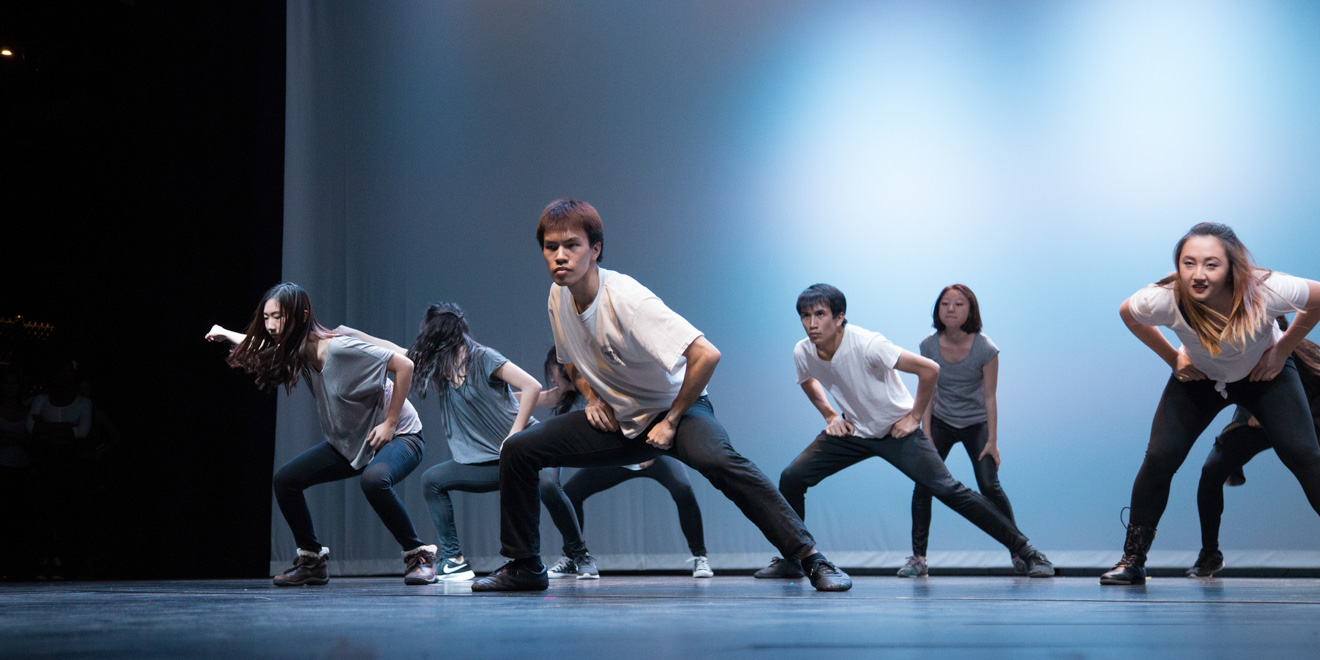With Stanford students scattered across the globe, clubs of all varieties have been forced to adapt their campus programming to a virtual landscape. Stanford dance groups have been hit hard, facing technical challenges and a lack of space to work collaboratively on group performances. To maintain their dance communities, they are shifting their focus to independent practicing and social events.
While Stanford’s audition-based dance teams normally recruit during both fall and winter quarter, this year, teams held weekly community workshops throughout the fall quarter and then held auditions at the beginning of winter quarter. Some dance groups even worked together for fall quarter workshops, led by members from different dance groups so attendees could experience each team’s distinct style. “A collaboration on that scale has never taken place before, to my knowledge,” hip-hop dance team Alliance co-director Emily Elliot ’22 said.
Amid COVID-19 and limited opportunities for socialization, teams set aside time for socializing outside of practices to facilitate friendships and found new, virtual ways to welcome new members.
According to Caroline Kim ’21, director of urban dance group Legacy, the pandemic has pushed her team to be more intentional about creating community compared to in a normal year.
“One of Legacy’s pillars is community, so we take onboarding new members very seriously,” Kim said. “In a normal school year we’d do a retreat together, but would expect a lot of that bonding and integration to just happen during practices.”
Common Origins, Stanford’s largest non-audition dance group, and Stanford XTRM, a non-audition K-pop dance group, hold open weekly workshops. According to Common Origins director Michelle Xu ’22, to actively recruit and retain new members, Common Origins centered their winter quarter activity around increased social events. They formed SibFams, which are social groups composed of old and new members, and held a SibFam Olympics with events like TikTok dance challenges.
“We don’t usually open up SibFams any other quarter but fall quarter, but this year we’re just opening SibFams the whole year … to really try to pull you in that community,” said Xu.
Teams such as Alliance and hip-hop group Jam Pac’d dedicate practice time specifically for community building and socializing. While Alliance has continued to meet twice a week, Jam Pac’d went from weekly meetings to monthly meetings. Jam Pac’d director Anthony Duarte ’22 said that the team is very low commitment, even when they’re on campus, and “definitely wanted to keep up with the theme of being a laid-back dance team.”
Group leaders also are conscious of technical hurdles and limited accessibility to dance space because they no longer have access to studios on campus.
“I don’t have a dancing space here at home,” Duarte said. “Some of our members will go outside, go into backyards and stuff like that, but we don’t ever want our team to feel like a burden.”
Dancers normally spend each quarter working on a choreographed performance set for end-of-quarter shows. Due to the online programming, they are instead concentrating on smaller projects and shorter, separate routines. According to Kim, Legacy has taken advantage of the lack of end-of-quarter performances to focus on dance fundamentals, combining their training with asynchronous freestyle video projects and choreography challenges.
Despite the adjustments to the new format, dv8 member Makayla Brown ’24 said that Zoom fatigue has made it difficult to explore and participate in new clubs.
“I don’t know the actual ‘Stanford experience,’ but I know it’s not this,” Brown said. “There’s just so much coming through the computer that when it has to do with anything that I don’t actively need to do, it’s hard for me to go through with it.”
